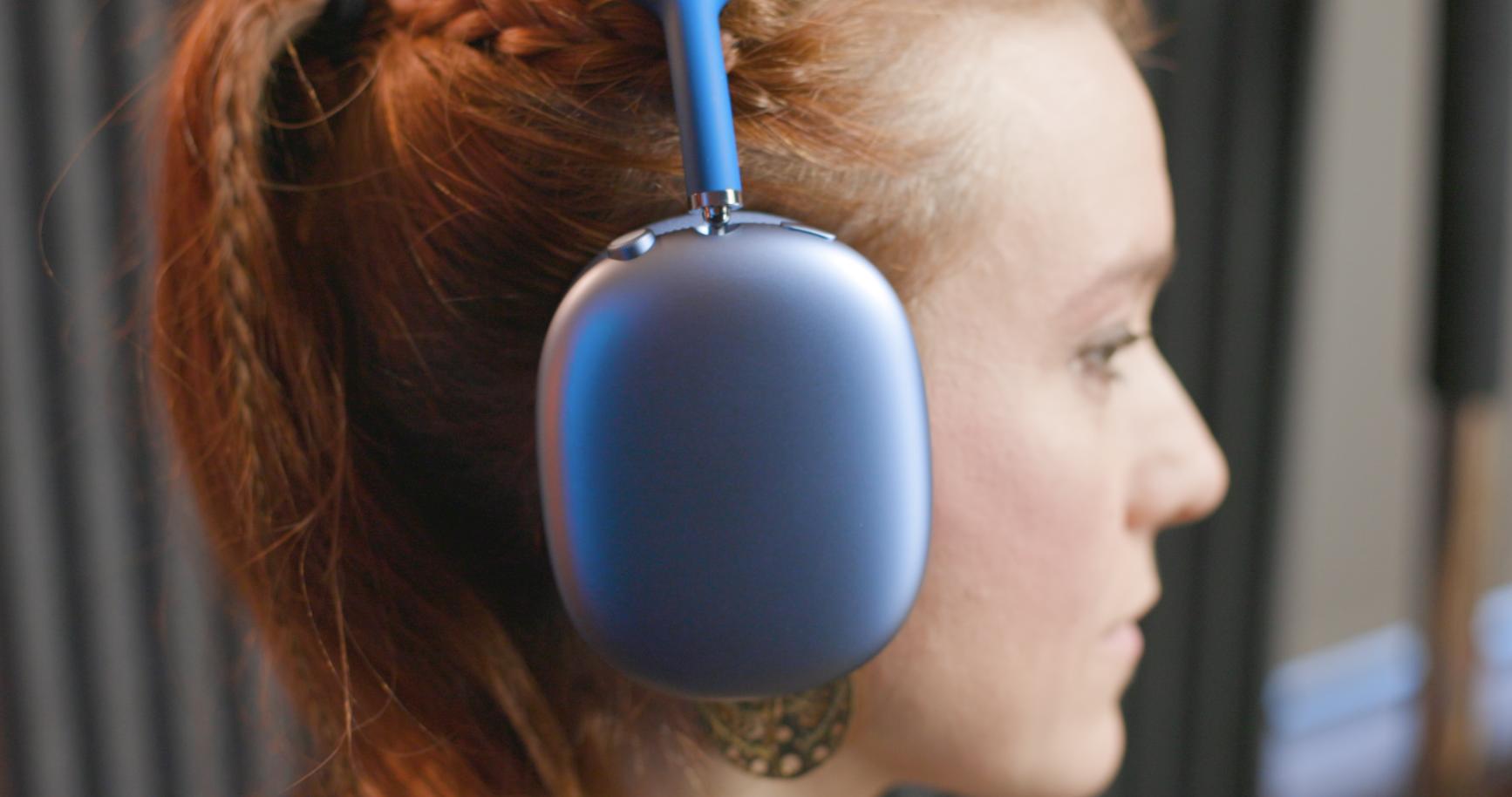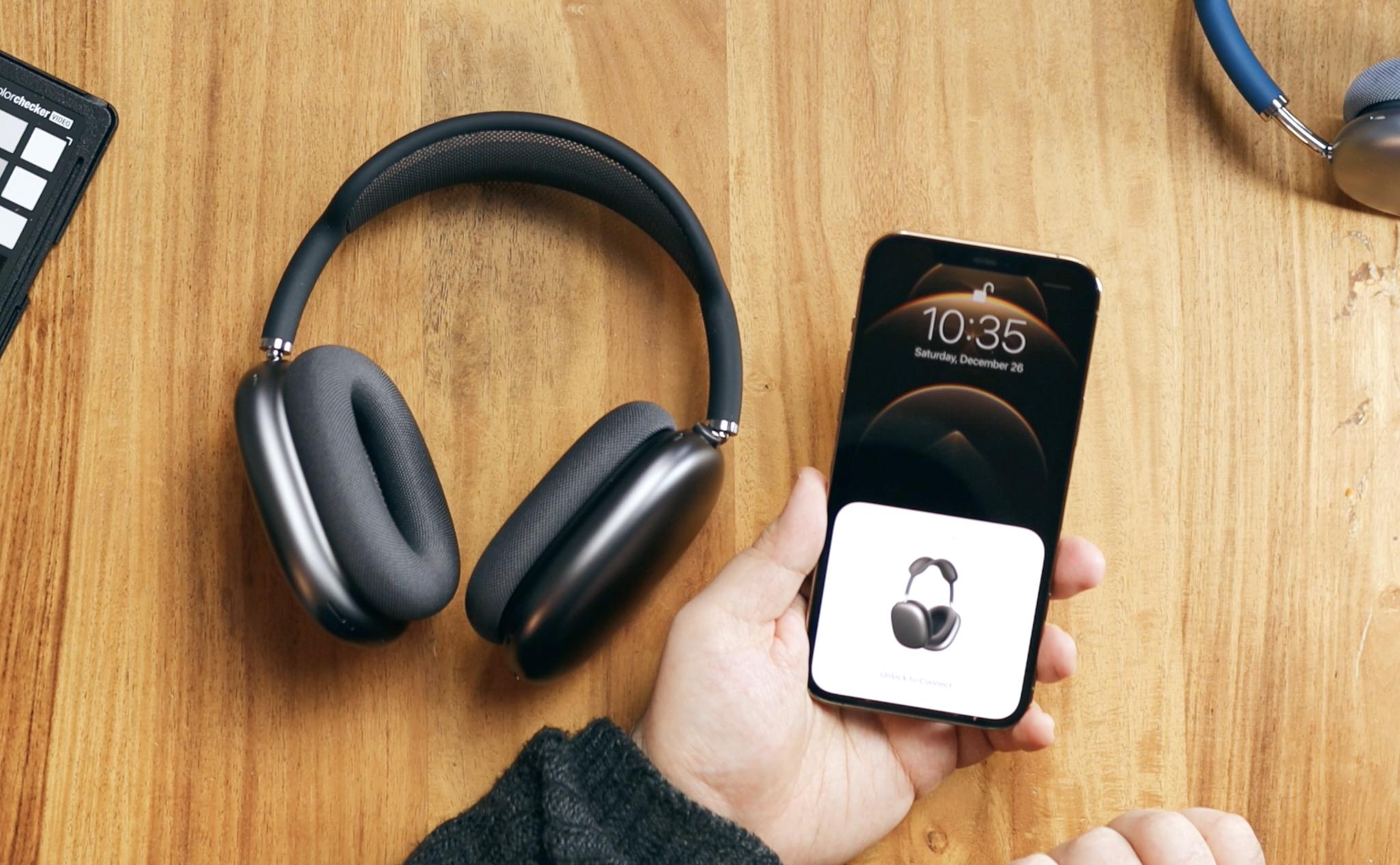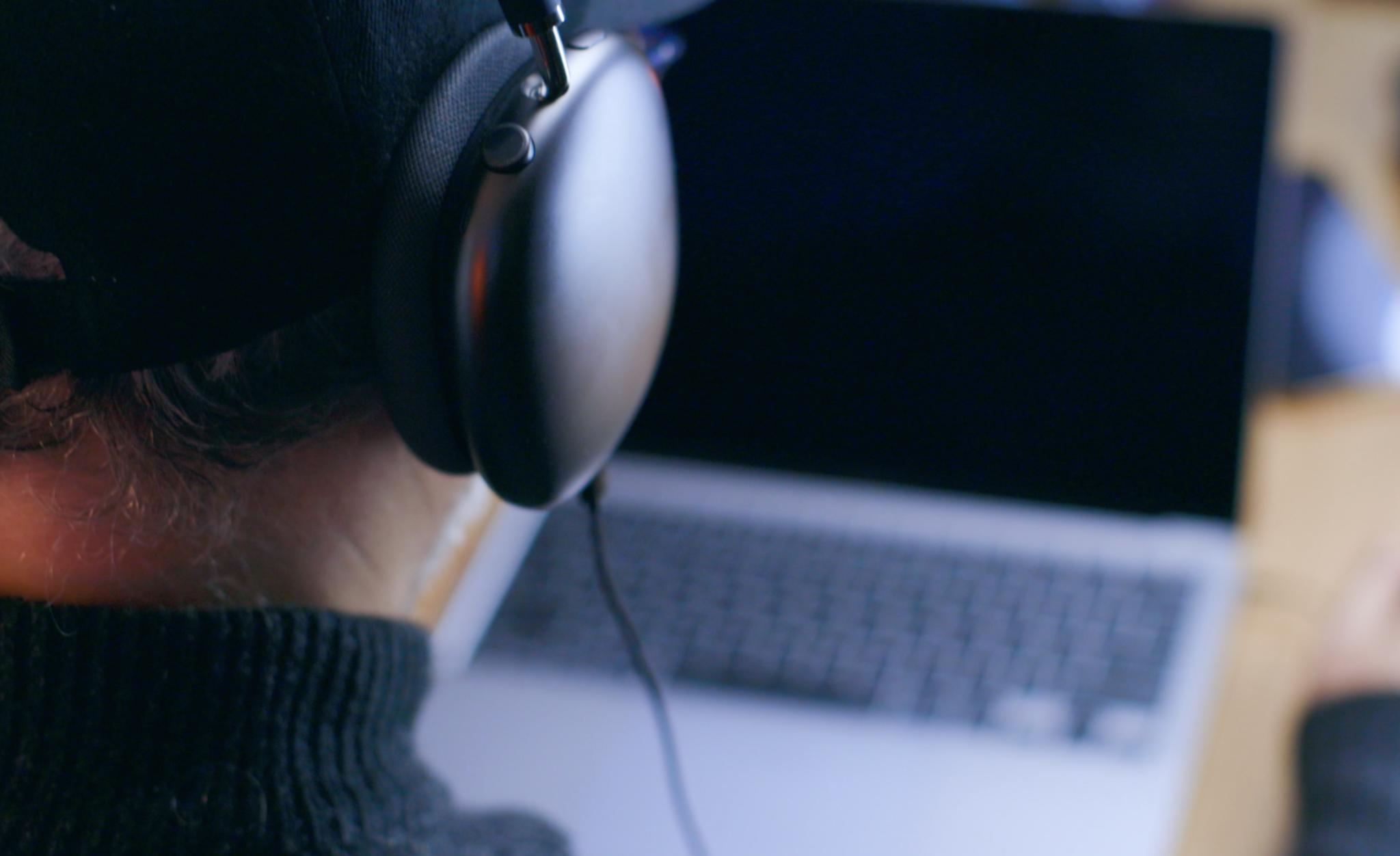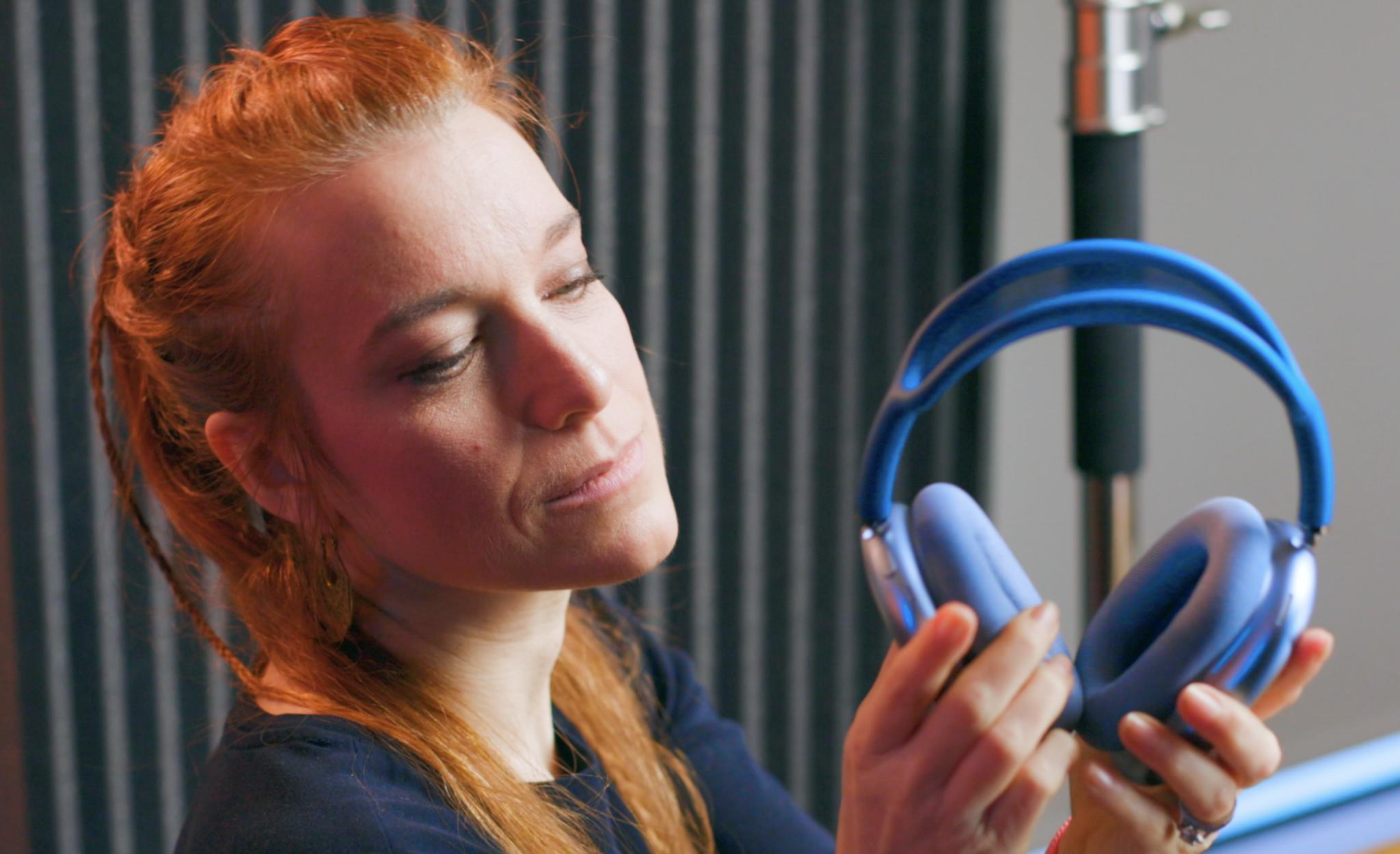AirPods Max — Explained!

Are the AirPods Max for you? The answer turns out to be remarkably simple:
- Are you all in on the Apple ecosystem?
- Do you listen to a ton of digital music and videos, especially streaming?
- Do you want wireless, noise-canceling headphones?
- Do you prefer over-the-ear headphones?
- And do you have $550 just lightsabering a hole in your gear fund?
If you answered yes to all of those questions, literally nothing else matters. Not codecs, not cables, not comparisons, not cost, not even cases. If you answered yes, to quote Flossy Carter, Apple's new AirPods Max are a major, major, major… major — quad-major — go.
If you answered "not sure" to any of them, though, then I'm going to go through everything that really matters, so you can quickly, easily figure it out.
Computational headphones
The best way I can explain the AirPods Max is by relating it to the iPhone camera. (Just stick with me for a moment here.)
Compared to Canon and Sony, and their huge, multi-thousand-dollar sensors and glass, the iPhone camera is…. Just all shades of tiny and kinda pathetic. But the iPhone can still deliver pretty damn amazing photos and videos. Why? Because what it lacks in big sensor and big glass, it makes up for in big compute.
Apple takes the relatively small amount of visual data streaming in through the camera system and just… computationals the hell out of it. Stacking and bracketing multiple exposures, rendering semantically based on an understanding of scene and subject, tone mapping, just… all the jargon… to create a final algorithmic, machine-learned photo or video far beyond what it has any right to. Same with Google and the Pixel Camera.
Similarly, compared to multi-thousand, multi-tens of thousands of dollars in audio equipment, and DACs and interfaces and CDs and, sure, vinyl, what you get over low-power wireless, regardless of bit-rate or codec or anything… is just even more shades of tiny and pathetic.
Master your iPhone in minutes
iMore offers spot-on advice and guidance from our team of experts, with decades of Apple device experience to lean on. Learn more with iMore!
But the AirPods Max take that small amount of audio data streaming in and just, yeah, computationals similars kinds of hell out of it. Figures out all the instruments and vocals, takes any stereo or surround or ATMOS data, Adaptively EQs based on the position of the cups, the shape of your ears, and whatever you're wearing on or around them, maps spatial audio relative to any iOS device you may be watching on and creates a final, algorithmic, machine-learned 3D sound stage beyond what they have any right to.
When Apple created the HomePod, they intended for anyone who didn't have audio in a room, who wanted quality audio but just didn't have the expertise or didn't want to go to the trouble of wiring it all up, to be able to just drop a HomePod pretty much anywhere in the room and have it sound great… from pretty much anywhere in the room.
And not just lossless or high bit-rate or CD or, sure vinyl, but Apple Music, Spotify, Netflix, Disney+, TV Plus — in other words, modern, digital audio more often than not sizzling straight off the internet, and have it sound amazing.
AirPods Pro were basically that — HomePod tech Pym-particled down and shoved in your earholes. AirPods Max are basically just more of that — HomePod tech turned inwards and strapped over your ears.
And for doing that, delivering that modern, digital and internet audio wirelessly into your brain and heart, with full-on noise-canceling and transparency modes, AirPods Max aren't just the best thing in the category; they pretty much are the category. At least for now. The iPhone or Pixel phone camera of headphones.
Except, instead of Smart HDR and Portrait Mode, they give you Adaptive EQ and Spatial Audio.
For a price.
Apple headphones

You can use the AirPods Max if you only have an iPhone. You can even use them if you only have an Android phone… or no phone at all.
Apple sells a $35 Lightning to 3.5mm headphone cable that has a two-way analog to digital converter in it, so you plug the AirPods Max into everything from in-flight entertainment systems to traditional audio gear. It's expensive, and it's flimsy, and I really wish Apple would level up their cable design to match the pride-in-craft of their devices, to be as high-quality and long lasting as their MacBooks. But hopefully, there'll be some third party options that offer just that in the near-is future.
It's really just a bonus, though. Something that increases the utility of the AirPods Max. Something that lets your wireless headphones wire up if you really need them to. In other words, frosting, not cake. If all you want or need is wired headphones, get cheaper wired headphones.
Same with vanilla Bluetooth, which is how the AirPods Max connect to everything not-Apple. Android, Windows, whatever. It's just… Bluetooth. Which is either damning with faint praise or praising with faint damnation, depending on how you look at it. The point is, if all you want is Bluetooth headphones, get cheaper Bluetooth headphones.
It's when you have an iPhone or an iPad that the AirPods Max start to show their value. For reasons I'll get to in a hot minute. When you have an iPhone and an iPad, or a Mac — and a Mac — any combo of multiple Apple devices — all Apple devices — well, that when they start to force multiply that value.
Because, like the in-ear AirPods and AirPods Pro, not only are they super easy, that's right, barely an inconvenience to set up on your iPhone or iPad but, once set up, they automatically propagate to all your other Apple devices.
I went over how it works on a technical, security, and privacy level in my Apple Ecosystem deep-dive explainer, link in the description, but basically, any and every device you have on your Apple ID will be immediately available for the AirPods Max. And the AirPods Max will just shift between them as and when you do.
It isn't perfect. In fact, it's downright frustrating at times if they just won't switch to your Mac, for example, or they hyper-switch to your iPhone unless you disable that in settings, but in my testing, once I got used to how they work — AKA last active audio on iOS wins — just… nothing else comes close.
It's a user experience no one else can match, not Sony, not Bose, not Bang and its buddy Sennheiser — I mean Olafson. Just no one.
And I can already imagine a future version of the AirPods Max that just receive Apple Music and everything else directly, on-device, like the Apple Watch does. And then it just keeps going from there.
All that to say, if you're all in on Apple, you're going to want to at least consider the AirPods Max.
Wireless headphones

When Apple deleted the headphone jack on the iPhone 7 back in 2016, they were starting down the path to a truly wireless world. Actually, stop the stream and rewind that. When Apple deleted almost all the ports except for the headphone jack a year earlier on the first 12-inch MacBook, they were starting down that path.
It was the whole Hunt for Red October, Cortez, burning boats to make everyone committed cliche writ a decade large.
Part of that involves charging, which Apple has been working on since the Apple Watch, released that same year, with magnets and induction. But since then, the Apple Pencil 2, the AirPods inside their case, standard Qi charging on iPhones and the AirPods case, and now, MagSafe reborn for the iPhones 12.
Another part involves data, which Apple has likewise been working on with Bluetooth and point-to-point Wi-Fi, AirPlay, and more recently, U1 ultra wideband.
For relatively small, battery-operated devices like the AirPods, even the relatively larger AirPods Max, we're still limited to the lowest power draw end of that spectrum, so Bluetooth.
Which kind of sucks. I mean, us nerds will argue over different Bluetooth protocols, lossless vs. lossy, and all sorts of codecs, but there are just so many pitfalls from studio master to Bluetooth beaming through our ugly bags of mostly water bodies and into our ears that… that's all any of that really is. Nerdy arguments.
Sure, less garbage in, less garbage out, absolutely. But with AirPods, especially AirPods Max, Apple doesn't want you to have to worry about any of that.
They want you to be able to put on the headphones, play anything off the internet, through any of your devices, no matter the compression, no matter the format. If your iPhone or iPad, or Mac or Watch can play it, you can hear it on your AirPods Max. And as computationally, stupefyingly, "I can't believe that's Bluetooth audio" as possible.
I mean, everything is just crystal clear and crisp to the point where you'll probably get that feeling that you're hearing distinct parts of a composition you never heard before, but also now hearing precisely where everything is in the sound stage, all deep and rich and rumbling and soaring. It's like taking earmuffs off as much as it is putting headphones on.
It's like AirPods Pro, but instead of being in your ear, it's around your ear, so it feels like the music isn't in you so much as you're in the music, like a room filled with the music. Not like open-back headphones but better than closed-back headphones. Just really full and immersive.
Even at louder volumes, You can use the Digital Crown on the top of the right can to get really fine-grain control over volume, but even if you crank it, the AirPods Max just do a terrific job of maintaining sound quality and character, of avoiding distortion.
You can switch the volume direction in settings to whatever feels natural. You can also click that crown to skip back, forward, to answer and end calls, and hold it down for Siri if for some reason you don't want to just say hey to voice activate it.
And calls sound really good. There are like 9 microphones in the AirPods Pro Max, 2 of which do double duty with the noise-canceling system — more on that in a minute — and one of which just cancels wind noise, which is otherwise super annoying on calls.
Now, sure, put a hundred self-identifying audiophiles in a room, and you'll get a hundred different opinions on the highs, the mids, and the lows, the bass, and the treble. And yes, I've watched all of their reviews. And what's been consistent across them is that, for wireless noise-canceling headphones, over-the-ear, closed-back, the AirPods Max sound amongst the best, if not subjectively the best.
So, if you really want wireless, you're going to want to consider the AirPods Max.
Noice-canceling headphones
From the very beginning, people have said the sound of AirPods aren't worth the price. But from the very beginning, you've never been paying for the sound. Hell, cheap hard-wired headphones can sound terrific. What you've been paying for is the technology.
Things like those 9 mics, the custom silicon, which is now a 10 core H1 headphone chip in each can. That's what lets them do things like adaptive EQ, which, instead of bouncing sound off objects in the room to shape a wide, room-filling 3D sound stage like the HomePod, bounces sound around your ear to shape virtually the same thing… around your ear. Adjusting it for the exact position of the cans over your ears, or anything breaking the seal of the cans themselves, like hair or glasses or even you just fidgeting with them and moving them around.
The downside is there's no manual or custom EQ and no way, outside some accessibility features, to change the way the AirPods Max sound. Because Apple can't handle computational audio and manual EQ at the same time. So, for now, the computational audio system gets to detect and decide everything. The Wookie wins.
That's also why I'd never use AirPods Max for audio editing, even with a wire — I worry they'd just automatically fix any issues with the audio for me that I really want to and need to fix manually for everyone. Once the audio editing is done and I'm just laying down b-roll, they're great. But I need to make sure that the edit is done on regular headphones first.
Computational audio also allows for things like spatial audio, a recent feature upgrade to the AirPods Pro — because, with computational audio, you can get feature updates to your headphones now — that uses the accelerometer and gyroscope in both the AirPods and your iPhone or iPad to track the relative position of your head and adjust the audio.
Basically, when you're listening to speakers, and you turn your head, the audio doesn't turn with you. The speakers stay where they are. But with traditional headphones, it does, because the headphones do turn with you. Which is fine for music but weird for video. So, spatial audio makes headphones behave more like speakers. You turn your head, and the audio stays exactly where it is. It's weird. But wonderful. You've got to try it.
It only works with the iPhone and iPads for now because they're the only Apple devices with the matching sensors for now, but I want it… I need it… on a next-generation Apple TV stat as well.
As to the noise cancelling, it's aces. Again, a hundred people with audiophilia in a room, a hundred opinions on the relative quality. I do think some other headphones handle constant din of low-level noise better, like engine or heater sounds, but AirPods Max are really good irregular noises. Like chatter. Better even than AirPods Pro because the physical cans are adding to the effect.
Same with the transparency, where there's still some electronic effect, not quite like a telephone, but something.
You can cycle between noise canceling and transparency with the second button, the one opposite side of the Digital Crown on top of the right can. It's a really nice clickety, clackety button, and you can go into settings and toggle it to switch between noise-canceling, transparency mode, and off if you want to as well.
I just wish it wasn't positioned where it is because I press it by accident so always when adjusting the headphones on my head. Sort of like how I still hit the power off button on my iPhone by accident when trying to use the volume button to take a photo. Yes, lo these many years later. You also can't switch sides, so if you have any accessibility issues with the controls on the right, you'll need to use your iPhone or other Apple device instead.
But, when transparency mode is on, everything you need to hear, you hear, and with surprising quality and clarity.
Even better, because of the sensors inside, if you need to hear even more, you can just pull one can off one ear, the AirPods Max will detect it and pause so you listen to what whatever it is you want to listen to and then resume then you let go and the can drops back into place.
Same thing with powering on and off. It's all automatic. No manual. No button. No switch. It's like Apple doesn't want anyone to have to worry about forgetting to turn them off and draining the battery, so just like the AirPods Pro, if you take them off and the sensors don't detect any movement for a few minutes, they'll go into low power mode. I've left them for hours, and they lose only very low single-digit power percentages.
And that's because Bluetooth and Find My stay on at first, so you can quickly reconnect or track them if you leave them behind… or otherwise lose track of them. Then, after 72 hours, when it's pretty safe to assume you'd have done any Find My you've needed to, they'll go into ultra low power mode where they can maintain charge… for a ludicrously long time.
If you use the case that comes with them, which honestly looks like chaps to me and seems to do little more than protecting the aluminum cans from scuffing, the low power mode will engage as soon as you close the magnetic flap and ultra low power mode in 18 hours. Again, so you have time to track them if you need to.
I've never used any of the cases that have come with any of my headphones, so they're like Star Wars prequels or sequels to me in that I prefer to pretend they just don't exist. But if you want something more protective and traditional, some third-party options are just starting to hit the market, and there'll be more to follow.
It's all designed to reduce stress, so normal humans don't have to bother with micro-managing battery life or power status. But, for nerds like us, it'll likely induce stress specifically because it doesn't let us micromanage battery life or power status.
Apple stuff often isn't designed for us, but it's designed so well we want it anyway. Then we want to change it.
But if abstracting away all the noise, figuratively and literally, provides the kind of experience you enjoy, you may want to consider the AirPods Max...
$550 Headphones

...But you might also want them to be a hell of a lot cheaper. Like, $200 or more cheaper. Around the $300 to $350 price point of a lot of other popular wireless, noise-canceling, over-the-ear headphones.
You know, a sporty, more plastic, more entry-level pair, like what the AirPods Nothing are to the AirPods Pro.
But Apple didn't — at least not yet. Instead, they released a premium pair of AirPods Max, with stainless steel bands, and aluminum cans, space foam cups wrapped in acoustic fabric — that are magnetic and you can swap up to fresh either the feel or look — With just a ton of custom silicon and sensor tech inside to go with it.
For $550. Yeah, $550.
Which… might not be a price you're willing or able to pay for them. Or they may just be the wrong product for you. The HomePod biggie to the HomePod mini that you really want. And I totally get that. Sometimes Apple starts at the bottom and builds up. Most often, though, they start at the top and use those first few premium generations to pay everything down, and then push everything down to the lower-priced levels, including... just all the minis.
So, yeah, if these aren't your Floss-style major go but rather a major no, there are a bunch of other wireless, noise-canceling, over-the-ear headphones at that lower price point. They don't offer everything the AirPods Max do, but they don't cost anywhere nearly as much either, and that could easily be the best value for you.
But, if you're all in on Apple hardware, and listen to a ton of music and videos, streaming and otherwise, and you want wireless, and noise-canceling, and prefer over-the-ear headphones, and $550 either isn't a lot of money to you, or you feel the AirPods Max provide more than enough value to be worth that $550 bucks for you anyway, then the AirPods Max are just the best computational headphones and all-around personal Apple audio experience you can get right now.
I received a review unit courtesy of Apple, but I liked them so much that I ordered a pair almost immediately as well. Like with Apple's other, recent computational efforts, this feels like the beginning of something really cool. We're getting to the limits of what atoms can do on their own, and I can't wait to see where the bits can keep pushing us forward.

Rene Ritchie is one of the most respected Apple analysts in the business, reaching a combined audience of over 40 million readers a month. His YouTube channel, Vector, has over 90 thousand subscribers and 14 million views and his podcasts, including Debug, have been downloaded over 20 million times. He also regularly co-hosts MacBreak Weekly for the TWiT network and co-hosted CES Live! and Talk Mobile. Based in Montreal, Rene is a former director of product marketing, web developer, and graphic designer. He's authored several books and appeared on numerous television and radio segments to discuss Apple and the technology industry. When not working, he likes to cook, grapple, and spend time with his friends and family.
